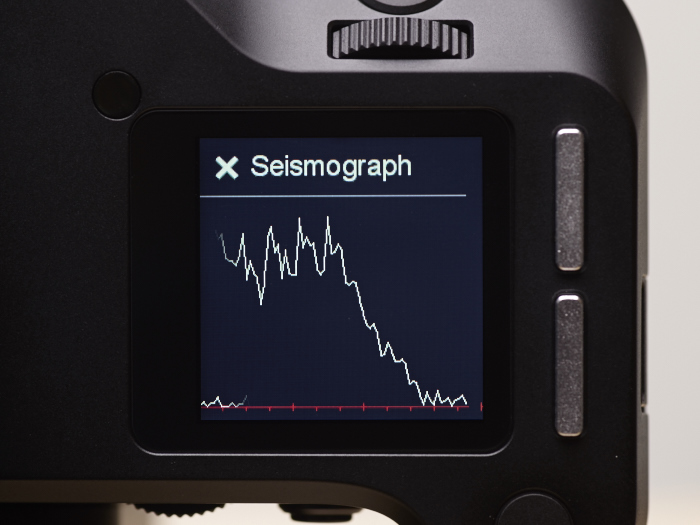
Historically we have had to dig deep in order to reach 10 items or features to mention in our Top 10 lists. This is not the case today with the new announcement of the much anticipated Phase One XF camera body and new IQ3 series of digital backs. Anthony Festa, our head of Technical Support, has just come back from the factory after exclusive hands on training with the engineers. And I have literally only landed a few hours ago with the very first, non prototype, XF and IQ3 system in the world. While I often believe companies under-deliver on product and over-deliver on hype, I am extremely happy to report that this integrated system is just the opposite. I strongly believe that Phase One has no idea what they have on their hands today. The new features and tools in this system have opened doors to what this system can do in the future. Here is my top 10…….. no, top 15 favorite new features of the Phase One XF IQ3 digital system.
15. Completely Customizable GUI, Dials, and Buttons
5 Buttons, 3 Dials, and an intense or simplified Graphic User Interface. What more can I say than that? There are no labels on the new XF for a reason. None of the functionality is decided for you. Instead, it is at your demand. Don’t like the placement of your focus button? No problem. Remove it from the shutter release and place it on one of the other 4 programmable buttons. How about a tactile button for mirror up or live view? These are all at your desire and fingertips now. And I had no idea how much we have needed a third dial. Sounds strange right? But now I have ISO, exposure compensation, or program mode at my thumb without having to stop looking through the viewfinder. I had no idea how much I wanted it until It was given to me with the new XF. And lastly the new GUI is as complex or as simple as you desire. Just want to see the basics? No problem. Switch to “simple” and it is as easy as you want it to be.
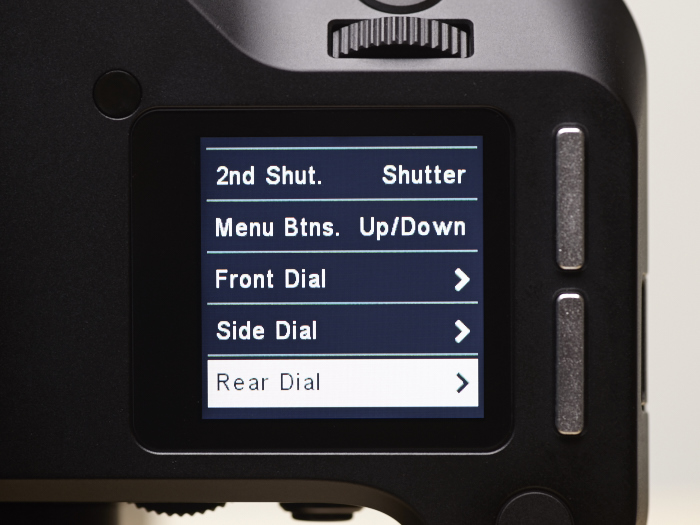
Completely customizable dials and buttons on the new Phase One XF
14. Full camera controls from the digital back LCD, iPad, iPhone, or Capture One pro.
So what… we have been able to control the Aperture, Shutter and ISO while tethered for a while now. Why is this such a big deal? Want to see the controls you now get while tethered? It is absolutely staggering and a little overwhelming how much we can control from Capture One 8.3 today.
http://205.186.138.113/plesk-site-preview/captureintegration.com/205.186.138.113/capture-one-pro-8-3-new-features/
Have you ever had your camera high enough so that you can’t look at the top of the body to control it? This required a ladder or having an assistant help. Now the full user interface or camera controls of the body live on the digital back. The small body LCD is now 3 times larger and easier to manage. In this situation the following image does the function justice in all its hugeness.
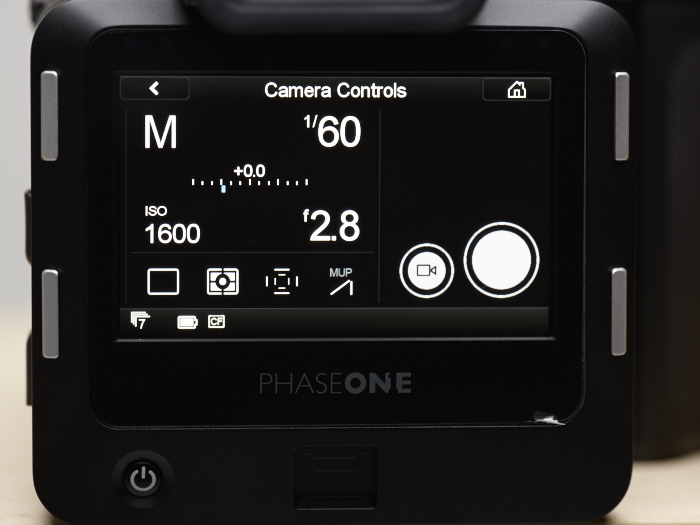
Full Camera Controls of the XF body now on the LCD of the IQ3 Series digital backs
13. Built in Profoto Air Sync
The Profoto Air functionality was available before in the V grip but that accessory cost an additional $1290 and in my eyes, did not live up to the build quality of the DF+. The V grip also created an unbalanced system and was awkward. With the Phase One XF, we don’t need to think about having extra batteries for my remote. We don’t have an extra accessory to lose. It is now seamless and a part of my system the way it should be. Furthermore, do you have some Profoto with Pocketwizard and some new with Air sync? Before now, getting these to work together was a nightmare….. well not anymore. Add the PW to the hot shoe and enable the Air in the body. We now have dual remotes in one system….. and yes, when we tested it in the studio today it worked as it should…. and I geeked out a little bit. : )
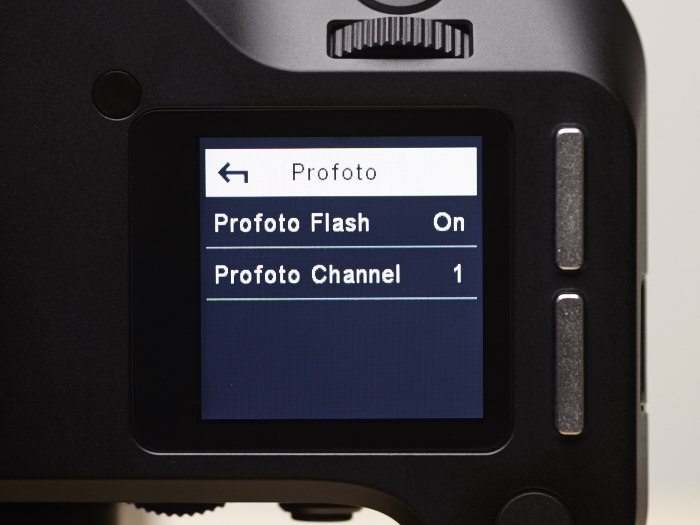
Built in Profoto Air remote sync with every Phase One XF body!
12. New HAP-1 Auto Focus system
Can you feel an improved focus system today? Yes. It is the fastest AF that I have used on a MF body. It responds rapidly and works as stated in the marketing literature. But does this excite me alone? No. It still isn’t DSLR speed. But what it does have is the internal strength of a dozen DSLRs. The new HAP-1 AF sensor is literally 10 times larger than that of its counterparts. At 1,000 pixels it has future programmability that will steadily improve with more advancements to the system. I feel that we will see firmware improvements in the body that will be similar to the improvements to the algorithm core of Capture One. Day by day, it will exceed our expectations and that engine under the hood will roar.
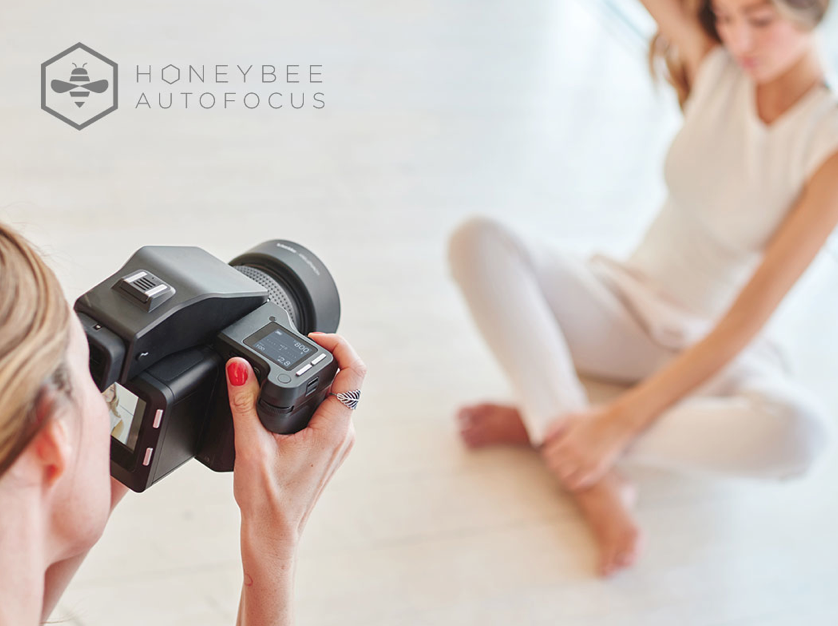
Phase One HAP-1 Auto Focus Technology
11. Improved Exposure Warning Tool
The dynamic range in the Phase One IQ series backs is phenomenal. I often pull 2 stops of data out of my blown out highlights when I change my mind about an aesthetic where I later want details. That is the beauty of the medium format system, and why I choose it for the important subject matter or jobs. However, it isn’t a magic wand. When you overexpose by 2.5 stops or more, that data is lost. The new Exposure Warning tool has an added color to show you that area that can’t be retained by HDR or Capture One. Now I can look at my image immediately and know where I can pull details back later, and where it is just too hot.
10. Not only a waist level finder… but one with spot metering!
The waist level finder is back. Do you have your body on a copy stand? Do you just have it mounted where you can’t use the 90 degree prism? Or are you just old school and prefer your grandfather’s way of focusing a MF body? Well you are in luck. The modular design of the XF allows of exchange of viewfinders thus, the waist level finder has returned. And not only is it back but it has come back with muscles. It is now the only waist level view finder with metering capabilities. Spot meter is active on this one, folks.
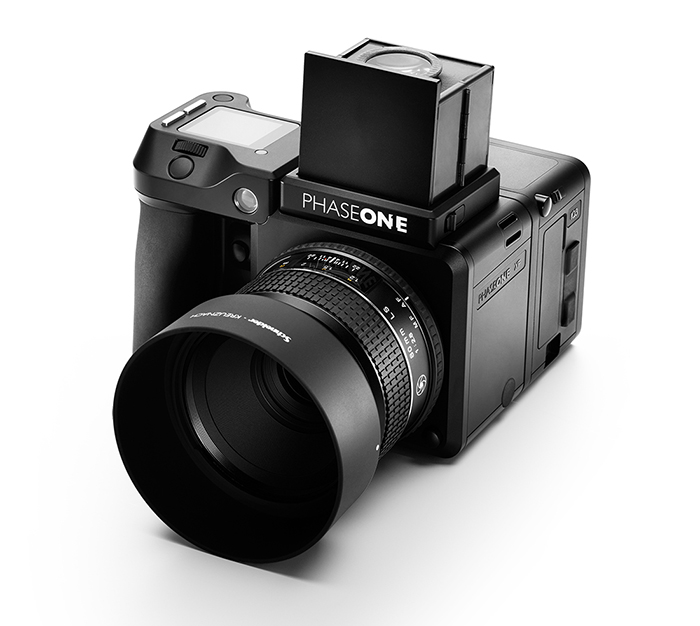
The Phase One XF Waist level Viewfinder
9. 1 hour shutter speeds
Again, this is easily missed. Yeah, yeah, we already had exposures of up to 1 hour with many other Phase One systems. Ah Hah! But could you set it and walk away? Noooooo. You diligently timed the exposure with your iPhone while you held the shutter release with the other. Not anymore! The Phase One XF has actual shutter speed settings up to 1 hour. Now you can set it and go have that drink while your camera is capturing those star trials! And have one for me!
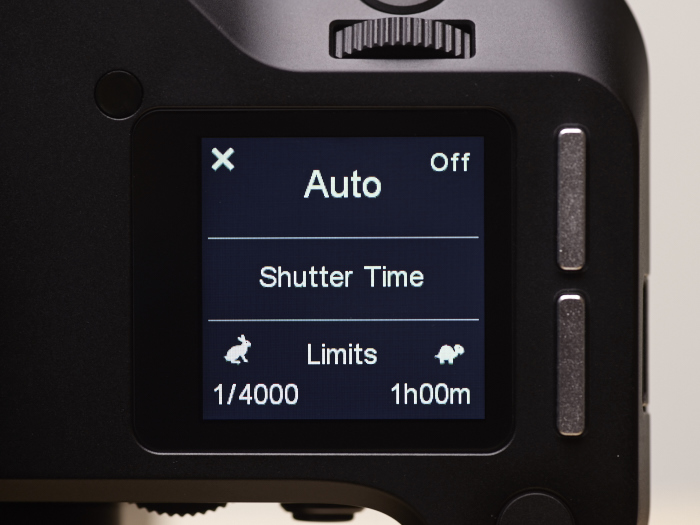
1/4000th to 1 hour Shutter Speed settings in the new Phase One XF
8. The long exposure calculator
Since we were on the subject of 1 hour exposures….. have you ever made a mistake with your long exposure calculation? You have waited for the 1 hour exposure along with the 1 hour dark calibration only to find out 2 hours later that your math was wrong and your exposure is toast! Yeah, me too. Those days are over. Add your 3 stop density filter on the front of your lens, open to the widest aperture, and crank up your ISO. NO this exposure won’t be the quality you want, but what it will do is tell us the reference file that has an accurate exposure. Once you have that exposure the calculator will then tell you what exposure time you will need at normal ISO and shutter speeds. Thanks Phase One, I really like this one!
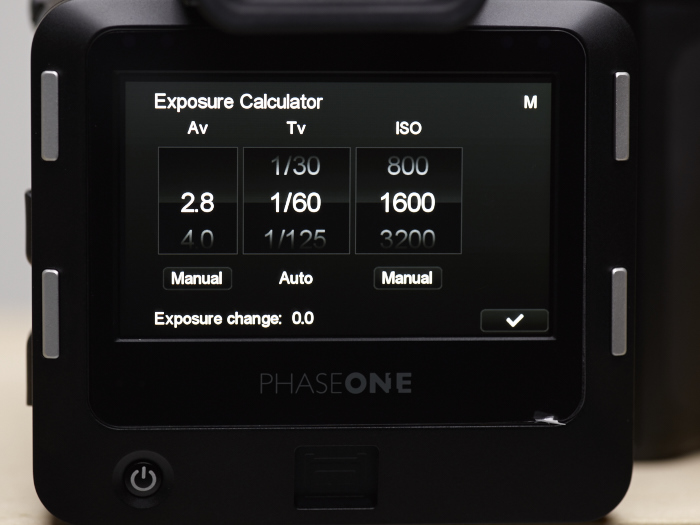
The new IQ3 Exposure Calculator
7. Packaging
Again, this is a feature that is often overlooked by clients. Have you ever purchased a Leica? Yeah, they know packaging! Well so does Phase One and this one was well thought out. The awesome rolling Storm Case is still here as before, but inside are two new added features. First, hidden in the top of the case is a fold out Laptop hood shade for shooting or editing in direct sun. This shade is also detachable to be use without the case if necessary. Secondly, the bottom insert (internal Carry Unit) is made by the acclaimed F-Stop bag company. Why is that important? Because your rolling durable carry on now quickly slides in the the optional F-Stop Tilopa Backpacker when you land, and you are off onto your next adventure. Well played Phase One, well played!

F-Stop Bag integration
6. 32 lens calibrations in each XF
Have you found that some of your lenses tend to back focus? But not all of them? And then you have that 240mm that tends to front focus? Glass creation is a science, but it is a difficult material to perfect. All glass has tolerance and while Schnieder and Phase One do very well to create the best MF glass on the market, there is always room for improvement. And this is where focus calibration comes in. The DF+ was annoying. I can set a focus preset for the system but only one. If some of my glass did not have the same calibration, then my whole system was off or I just couldn’t use the calibration effectively. Today, with Focus Trim on the Phase One XF, I can save up to 32 presets of lens calibration in my XF body. This is tremendous for the shooter with a lot of glass. Or even better for the rental house with shuffling lenses.
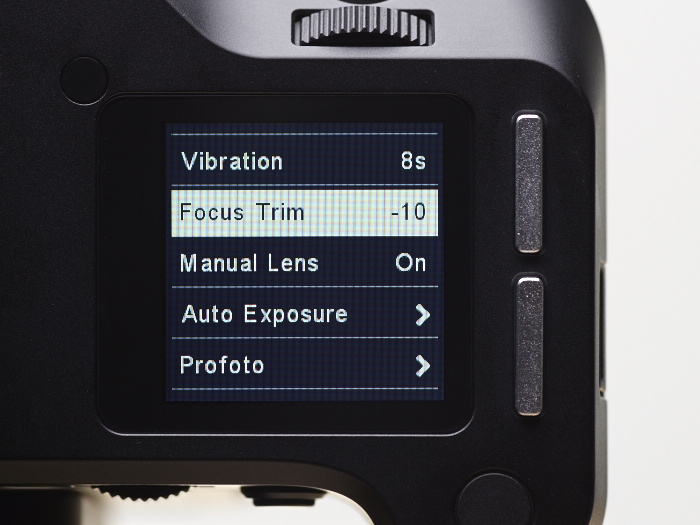
Phase One XF Focus Trim
5. Hyperfocal settings that are saved and retrievable
Do you maximize your DOF? Have you used the hyerperfocal lines on your existing lenses? Or are you one of those guys that have marked your lens with a red sharpie at your calculated sharpest hyperfocal point? This all goes away with the savable XF hyperfocal settings for each of your lenses. This tool is a great example of how the XF has opened up new doors and will continue to for future expansion. I can’t wait to see what they do next.
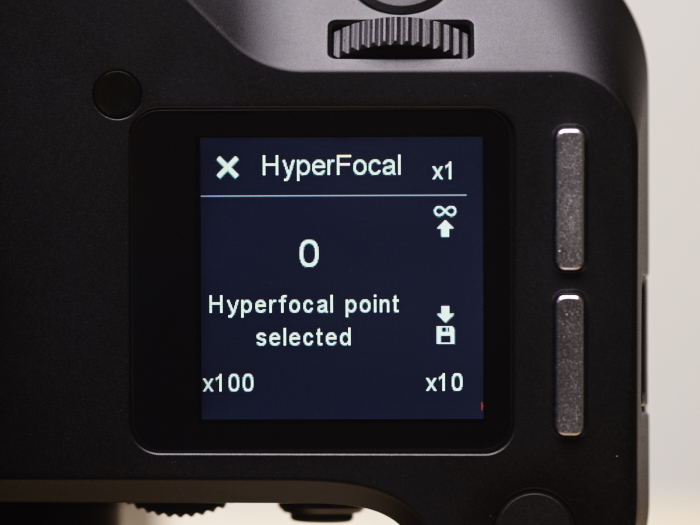
Stored Hyperfocal settings on the new Phase One XF body
4. Capture directly from Live View
This one might seem small. But it was those small things that add up and become larger annoyances. The new XF has programable buttons. One of these buttons can be set to automatically begin live view. Depressing that button will open the widest aperture, open the shutter, and begin showing you a live view feed. While that is normal, what has changed is now with the depression of the shutter or of another programmed button, the camera will capture a full resolution file without dropping the mirror or needing to change modes. The XF will then preview that image for the preset preview time and then return immediately into live view mode. Ooooooh…. yes, it does what we have been asking for! And it shows us that someone was listening….. : )

3. Exposure Zones
Do you like the Zone System? Do you have Ansel’s words and precision in post rattling in your psyche? Or do you just like to see where your tones are falling in your image? The new zone tool color codes the tonal ranges in your image according to zones or 8 bit data. Click the image once and you will just see the color grid. Tap it again, and the zone system values display. And finally tap it again and the 8 bit values per color are shown. This is just a cool new tool and I think that i will find ways to use this more in the future.
2. Sensor Temperature Chart
Temperature has a direct relationship to noise. Have you created too much heat due to live view? Has your back been in direct sunlight and is causing noise problems? Now you can monitor your temperature and take action when you see it reaching an unacceptable level.
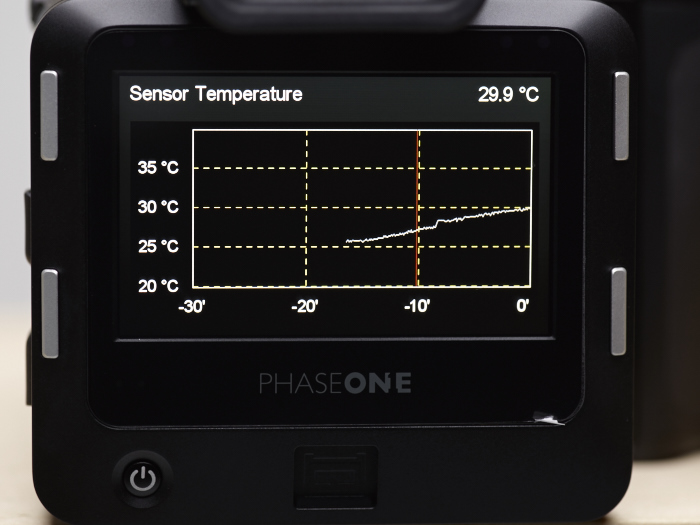
Phase One IQ3 Sensor Temperature chart
1. Seismograph
Vibration is our enemy. All issues with normal photography become enhanced with increased resolution. When you get to 80MP, our lenses begin to fail at the corners. DOF becomes smaller with less that is acceptably sharp by definition. And everything that causes vibration needs to be minimized because it is now discernible in our image quality. The IQ3 series of digital backs have a built-in Seismograph. It measures vibration and can be programed to only capture an image when the vibration gets to an acceptable level. When the ultimate image quality is what we all are trying to achieve, it is tools like this that make a Phase One system the back of choice for the professional photographer.
